Croatian ramparts and picnics
I love the word ‘ramparts’. Its funnier the more times you say it, plus I love the imagery that it conjures: castles, ancient cities, knights defending their people, etc. So it was with excited expectations that Kath, Melli and I prepared for our rampart walk in Dubrovnik. Apparently it was the most celebrated attraction in Dubrovnik, and we were blessed with a summer-perfect blinding-blue-skied day to traverse the walls. As you can see from these photos, it was a rather spectacular day…
It was an especially special day, for many reasons: firstly, it was Melli’s first time in a European city, and it was a joy to see her awe at the stunning harbour, old monuments, and mediterranean ambience. Secondly, for all of us, it was the first time in a very long time we had been in warm weather, and boy, did we relish it! And lastly, it was the first sunny day of our trip, and it was filled with the excitement and anticipation of many more days together.
Two amazing things happened that day. Firstly, we had the perfect picnic: we bought delicious snacks, including capsicum paste and olive tapenade, tuna, crackers, brie, and wine, and sat down to dine on a deserted pebble beach in the late afternoon sun.
Words were not only unnecessary, but incompetent, to describe the glorious sensation of that golden afternoon. Here are some photos which capture some of the magic:
The other amazing thing was that we discovered the best way to cover all we wanted to see wasn’t on a bus, but in our own car. In the space of a few hours, we had planned an itinerary, taken our car, and hit the road on the way to Hvar. The drive up was spectacular: coastal scenery, sunset, and filled with songs and games
We caught a car ferry to Hvar, and found ourselves in the picturesque but very very quiet island town. It did, however, give us one of the best meals on the trip, a seafood platter bursting with freshness.We then caught another car ferry, this time to Split in the north of Croatia, purely (this israther sad in retrospect) because we had heard there was excellent clubbing to be had there. It was a Saturday night, and after experiencing the ghost

towns that were Dubrovnik and Hvar at night, we were desperate for some excitement and city pulse. We were so ramped up for a big night out, that we spent four hours getting ready… showers, hair, dress-ups, accessorising, pre-party drinks, i-pod dancing in our hotel… it was tremendous fun,  and we were in very high spirits for our destined night out.
and we were in very high spirits for our destined night out.
Unfortunately, it was not to be. Oh yes, there was a pulse and some very busy nightclubs (we went to three), but they all without exception played Croatian polka music. We stood in awe and watched hundreds of beautifully attired Croatians squeal and dance wildly to music that we just didn’t get. We tried, but we just couldn’t find muster enthusiasm for music that we just didn’t get. With dejected sighs, we returned, fruitless, to our hotel and went to bed.

The next day contained one of the hardest yet most rewarding days of driving we had experienced. It was a seven hour drive from Split to Sarajevo, and with the sun setting at this time of year at 5pm, it meant that we drove for several hours in the dark. And despite my usually impeccable map reading skills, I unfortunately managed to get us lost a few times, which added much time (and a little stress) to our journey. But oh my, was it beautiful… Bosnia
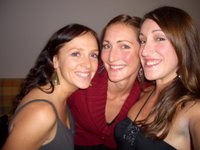
was a totally unexpected joy. Sweeping mountains, lush valleys, breathtaking lakes, and most moving of all, house after house riddled with recent bullets and shells. We had been warned by our guidebook not to walk off paved roads, as the threat of landmines is still very real. This combination of beauty and peril seared Bosnia into all our hearts.Sarajevo was very much worth a seven hour drive to reach. Not only is it a very pretty bustling city, but it oozes history. On this bridge, Arch Duke Franz Ferdinand was shot, which was the event that triggered World War 1. You can visit the Holiday Inn, which was the centre of world journalisn during the recent war, and its particularly scary to visit, as you have to walk down a highway that was dubbed ‘Sniper Alley’ during the war, due to the number of deaths by Serbian snipers shooting from the nearby hills. Its so eerie to walk down a street that 10 years ago saw so much violence and brutality. We gawked at the number of bullet-ridden buildings, it was actually a shock to see one that wasn’t damaged. We became so fascinated by this recent history that we all bought books on the history and politics of the war, and read furiously for days about the psychology, rationale (what little there was), and effect of the war.In summary – if you are interested (I didn’t know any of this beforehand, its so fascinating!): Bosnia has always been a very multicultural country, accommodating Christian Croats, Orthodox Serbs, Muslim Bosnians, plus other national groups like Albanians and Montenegrans. Generally they lived quite harmoniously, operating within the concept of ‘merhamet’, a muslim term meaning unity, forgiveness, tolerance. However, during World War II, nationalist feelings were stirred, and there were horrific atrocities incurred upon millions by fellow Slavs, ie. Croats killing Bosnians, Serbs killing Croats, etc. Almost everyone lost a family member during this war. Once peace was declared, what should have happened was that the people should have had the space to mourn their loss and deal with the underlying issues that caused the civil violence. However, what actually happened was Communism was declared by President Tito, and for 40 years, no other narrative was permitted to describe history other than what his government permitted, that is, that the War was a partisan victory that created this great Yugoslavia. Anyone that even hinted at believing any other history was executed or imprisoned, in typical Communist crowd-control style. So for 40 years, everything was bottled up, and there was a forced peace amongst the national groups.
This all lasted until Tito died. Then Nationalist groups reformed in an attempt to gain control of Yugoslavia, and in their political machinations, used the unresolved anger and hatred from 40 years ago to stir emotions. This was done particularly well by the Serbian government, who used a platform of paranoia and supremacy to make all Serbians, plus Serbs living in Croatia and Bosnia, feel they should unite and defend themselves against possible attack by other Slavs. Much of this hysteria was kept secret, so that when their (as they saw it) pre-emptive attack on Bosnia began, it was a complete surprise. In the space of a month, everything changed: one day you have a neighbour who invites you to dinner, or a best man at your wedding; in a few weeks, he is now arresting and torturing you. It was literally that swift, and that betraying. I won’t go into detail as to the atrocities that were committed, but both Melli and I were repeatedly sickened while reading our books, to discover what humans could inflict not only upon other humans, but most disturbingly, on their former friends, colleagues, neighbours.
The United Nations didn’t step in til very late in the war, and then initially all they did was evacuate women and children from the supposed ‘UN Safe Zone’, leaving 20,000 men to be summarily slaughtered by the Serbs in one day. Sarajevo was a city under seige: surrounded on 3 sides by Serbs, and on one side by the United Nations who were deliberately not getting involved as part of their deal with the Serbs. The only way they could get weapons or food was by a secret tunnet they built under the airport. We actually visited this tunnel, now called the Tunnel Museum, under a non-descript house at the end of a non-descript country alley (it took us AGES to find, as it was all so necessarily non-descript). We talked with the ex-soldier who lives in the house, and to my dying days I’ll remember his face when he answered my question of “What was it like living here during the war?” with “You could never understand, and if you could understand, you would never forget.” After reading about some of the atrocities committed in the concentration camps, I began to understand, and sure enough, its burnt into my mind forever, making me a little older, a little more jaded.
End of roadtrip
We eventually drove back to Dubrovnik via a little Bosnian village called Mostar, famous for its bridge that was demolished in the war, and recently rebuilt, a sign of rebirth and hope in a torn country. Back in Dubrovnik, we finished off the girlie roadtrip with a bit of a midnight dip in the cold Croatian ocean, with very little on! 😉 Very fun!
So there you go: did I live up to my promise? Have you smiled a little, yearned a little, and educated you a little? Its what we all got out of our adventure!
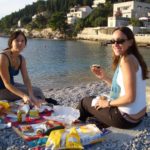

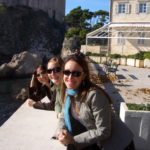


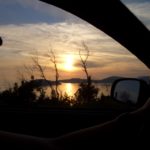

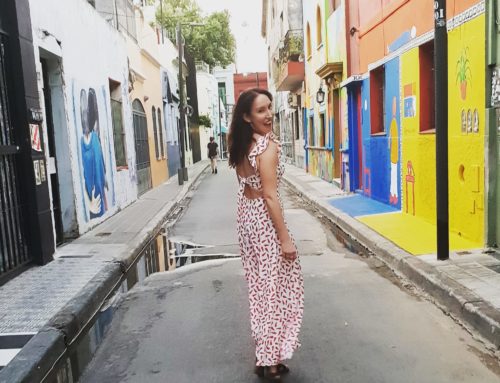
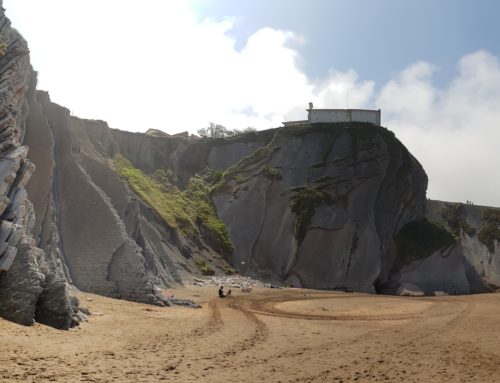
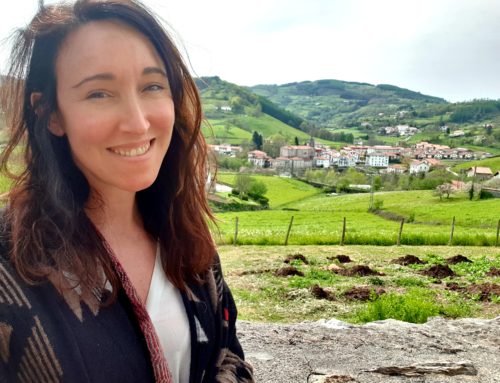

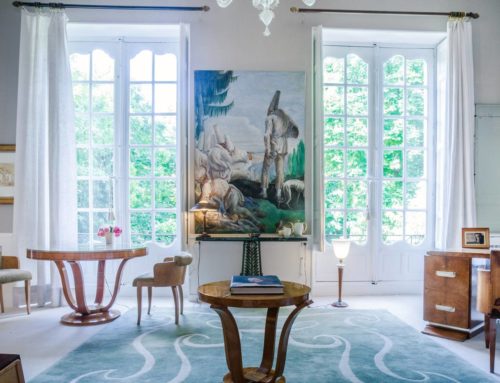
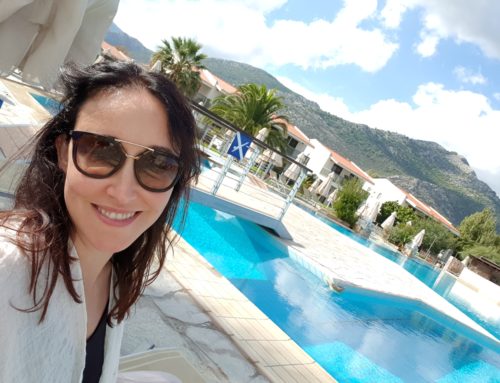
Leave A Comment